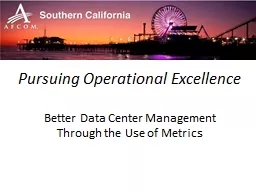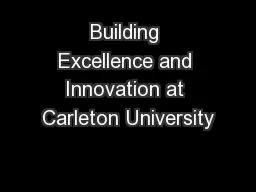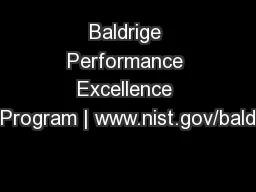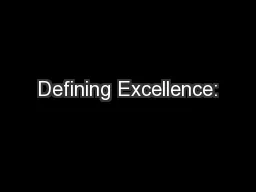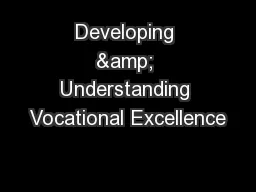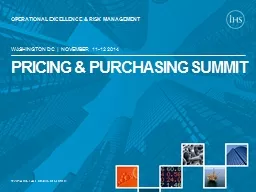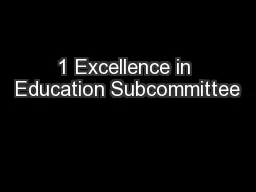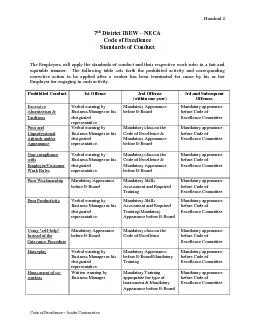PPT-Pursuing Operational Excellence
Author : trish-goza | Published Date : 2016-11-16
Better Data Center Management Through the Use of Metrics Objective Use financial modeling of your data center costs to optimize their utilization Data Centers
Presentation Embed Code
Download Presentation
Download Presentation The PPT/PDF document "Pursuing Operational Excellence" is the property of its rightful owner. Permission is granted to download and print the materials on this website for personal, non-commercial use only, and to display it on your personal computer provided you do not modify the materials and that you retain all copyright notices contained in the materials. By downloading content from our website, you accept the terms of this agreement.
Pursuing Operational Excellence: Transcript
Download Rules Of Document
"Pursuing Operational Excellence"The content belongs to its owner. You may download and print it for personal use, without modification, and keep all copyright notices. By downloading, you agree to these terms.
Related Documents

